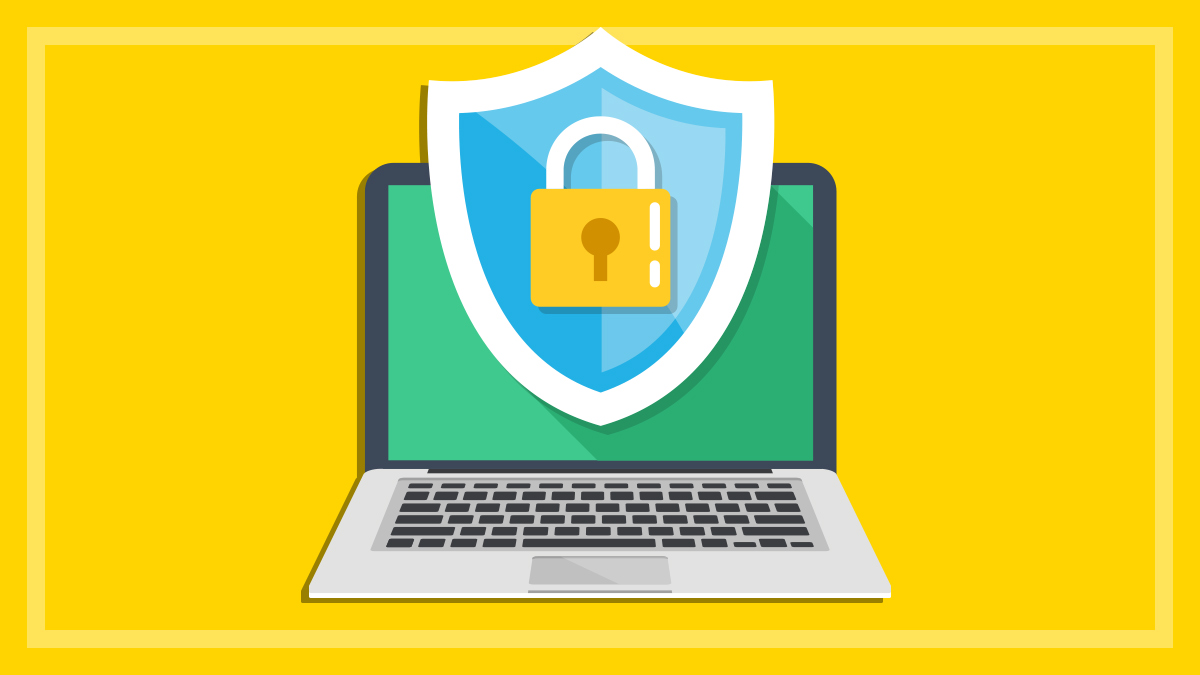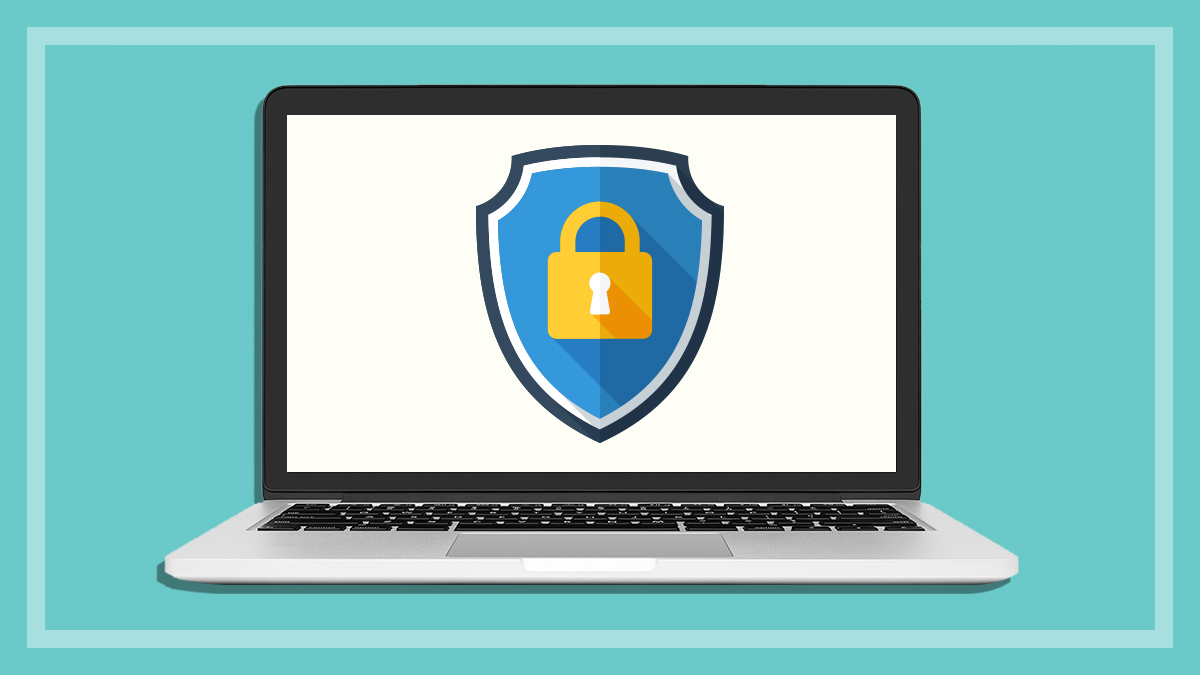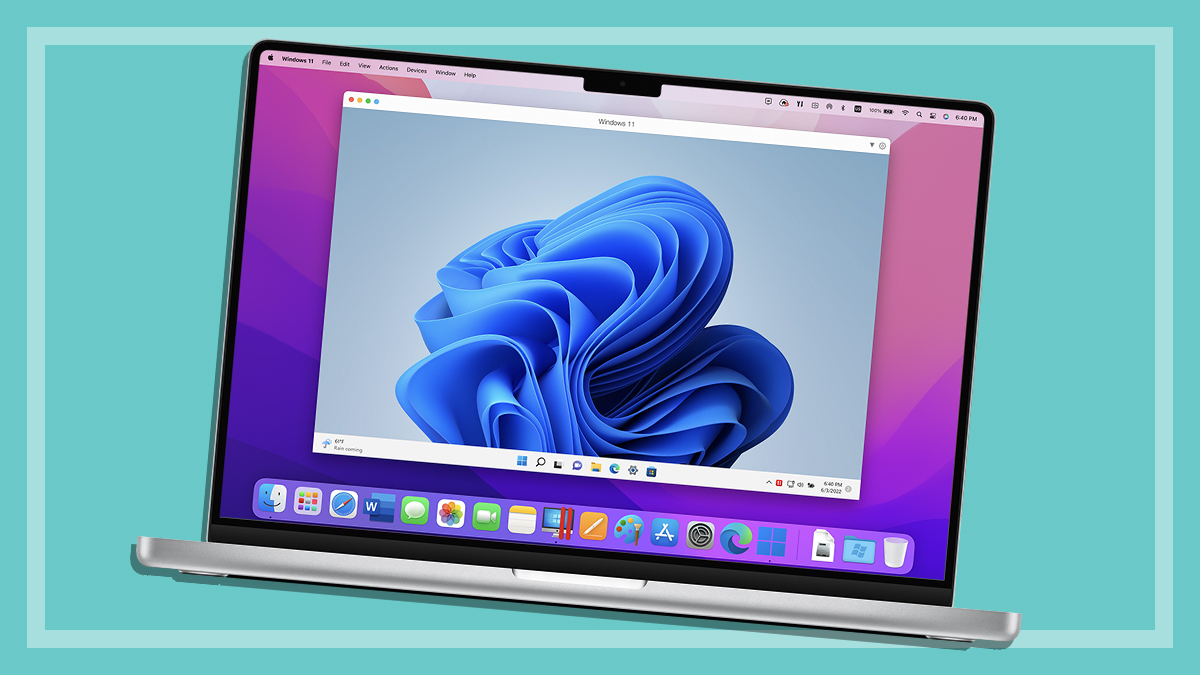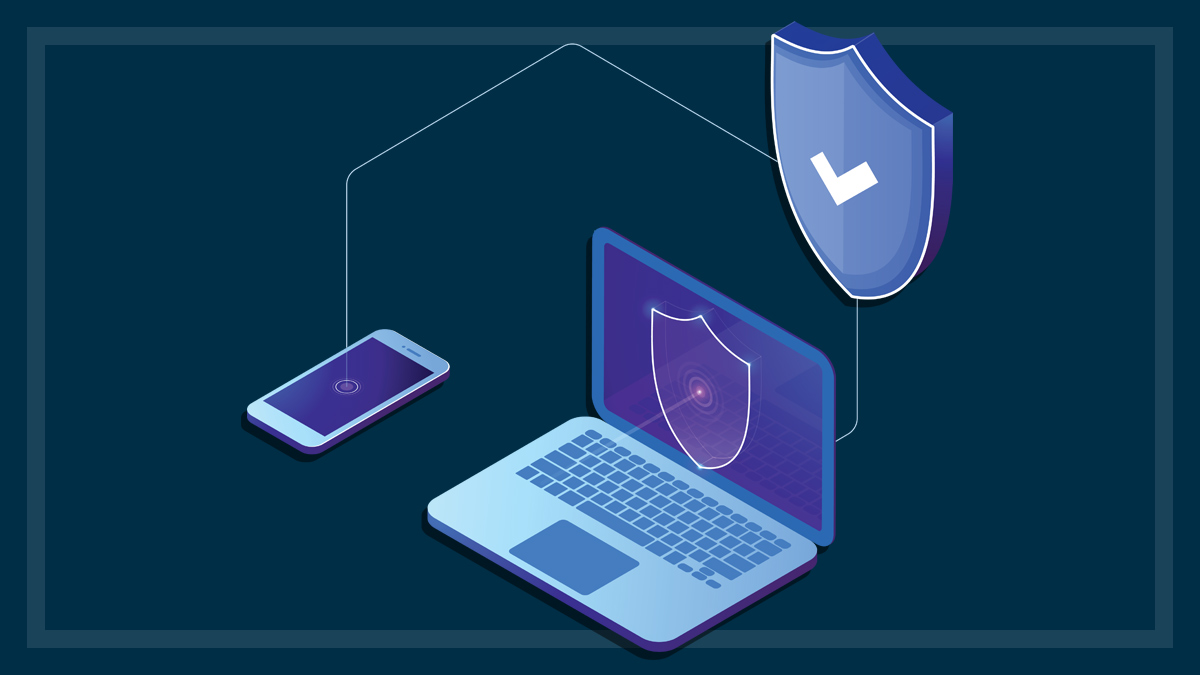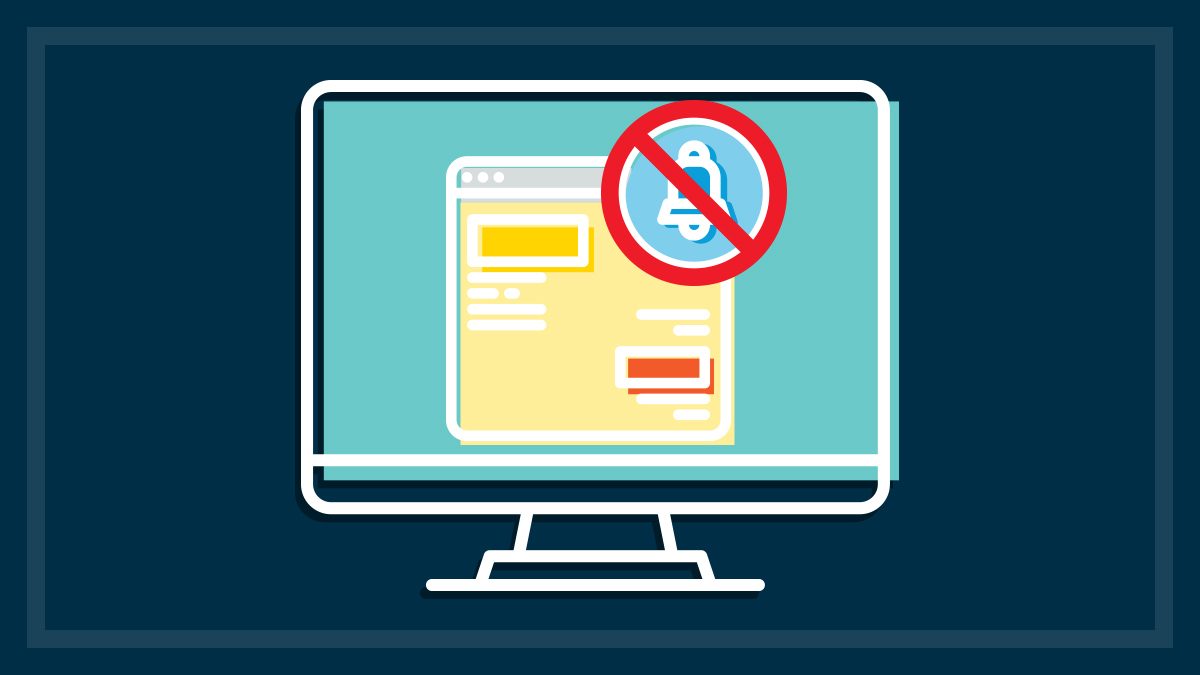Get our independent lab tests, expert reviews and honest advice.
Can you use only free apps and software?
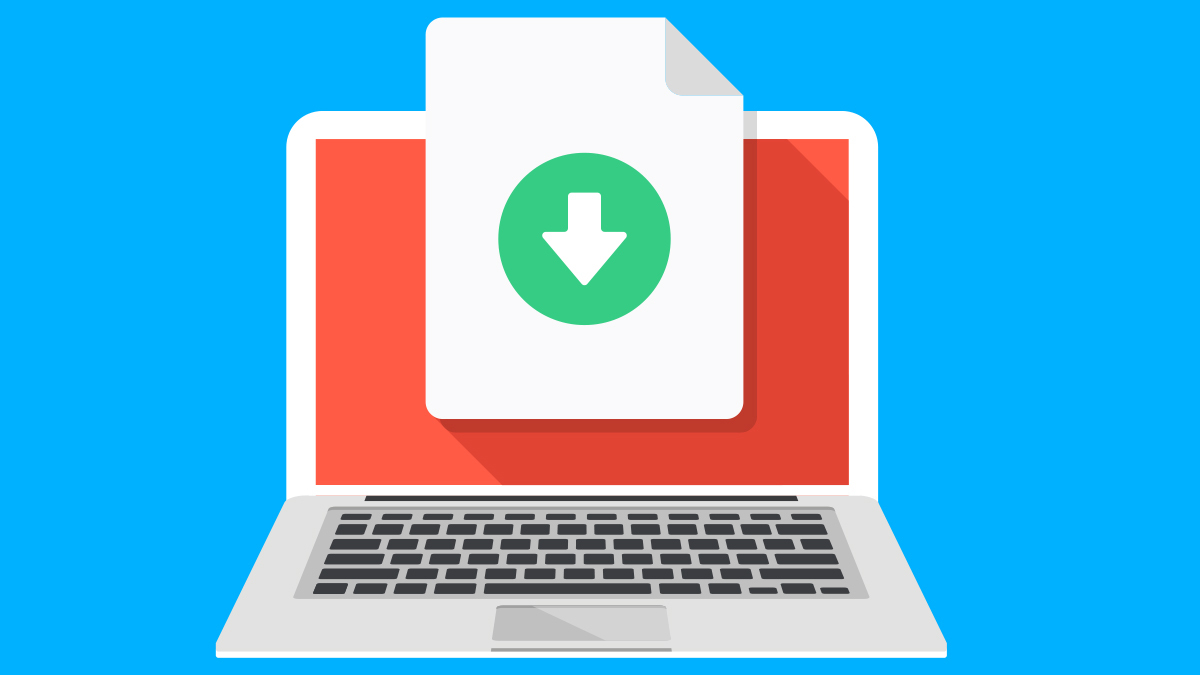
Need to know
- You can get a surprising range of good, free software
- Some free software tracks your usage, others don’t
- Open source software has the features you need, but can be buggy
Despite the PC software market being increasingly dominated by a handful of companies, the range of free programs and services has never been wider or of higher quality.
If you want, you really can go cash-free across your entire PC. But taking a weight off your wallet means making some sacrifices.
Is free software safe?
Before filling your drive with a bonanza of so-called free software, it’s wise to be cautious. Many phone apps turn out to be ad-ridden, sell your data to third parties or sneak malicious software (malware) onto your devices.
The key is to use software from known companies such as the Google office suite – keeping in mind these companies will still make money from you somehow – or you can turn to the Open Source community. But always try to check reviews and comments from other users.
What’s open source?
The Open Source Movement is a loose association of developers who believe in free software and transparency in technology.
Open source software allows others to access, inspect and copy its inner workings, right down to its core code, so any nasty tricks will quickly be caught out by other members of this passionate community.
Anyone can write and suggest changes to an app then submit them online. If it’s popular or useful enough, the app developers may add it in.
Downsides of free software
When a large company such as Google creates free software, it’s far from altruistic.
For example, Google makes money from you by gathering user data for advertising. It’s up to you to decide if you have a problem with this or not. It’s always a good idea to check out a company’s privacy policy and even read the user agreement before installing a new app.
Some paid services offer free versions that come with advertisements. These ads can be short and infrequent, or bombarding. You can usually disable them for a fee, but even with ads, the software should be fully functional.
The other type of so-called “freemium” software is where some features are only unlocked after payment.
Open source programs generally won’t harvest your data or serve you ads. But they often have fewer features, clumsier user interfaces (UIs) and bugs. Problems can sometimes take a long time to be patched, because the developer may work on it in their free time for no pay.
There’s also stability and quality-of-life (QOL) tweaks. Major software and tech companies have had a long time to work out what people expect from their software.
Fancy new features might be eye-catching, but what many people really want was once summed up by Apple: “It just works”. Open source developers don’t have the time or resources to equal this level of refinement.
Lastly, free apps, particularly open source ones, tend to look a little old school. This might sound like a nitpick, but if you’re used to the clean-cut designer look of paid software and switch to a program that is less pretty and more utilitarian in design, it can feel like you’ve gone backwards, even if you still have all the features you need.
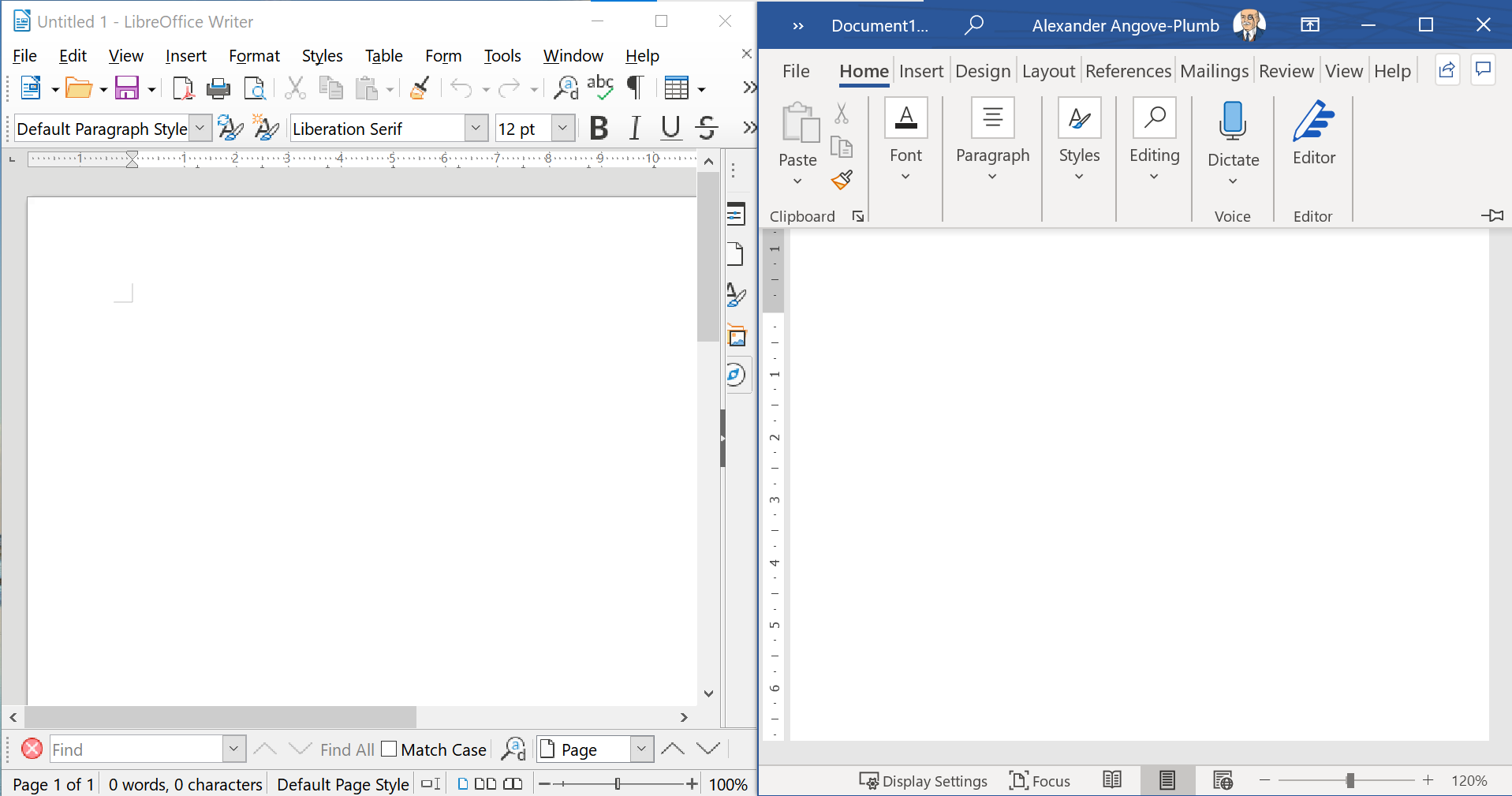
Free office software
There are plenty of free alternatives to the Microsoft Office suite. The main two are probably the Google apps and LibreOffice. But other options include Polaris, Zoho Workplace, and FreeOffice, among others.
Google office suite
Google has a huge number of apps, but its main office ones are:
- Docs (word processing)
- Sheets (spreadsheets)
- Slides (presentations).
Google’s apps are easy to use and have some of the best online cloud syncing of any program out there. But they don’t play too nicely with Microsoft Office – which can be an issue if you share files with other people.
You can export files in Microsoft-friendly formats and edit Microsoft files, but it’s definitely not what Google designed its apps for.
Google’s suite is also designed around online use, so you really need good internet access most of the time. Documents can be downloaded for offline access, but this is done on a case-by-case basis, rather than automatically saving them to your storage drive.
LibreOffice
LibreOffice’s main three apps are:
- Writer (word processing)
- Calc (spreadsheets)
- Impress (presentations).
If all you want is a free alternative to the Microsoft mainstays, LibreOffice is probably your best bet. Its interface looks like something from the late 90s or early 2000s, but you can easily edit and save files in Microsoft’s formats.

Free PDF readers and editors
There are a lot of free programs that can view and edit PDF files. Some of them are dedicated PDF readers or editors, while others are multipurpose programs that happen to have PDF support built in.
PDF readers
PDF readers let you view PDF files, but allow minimal editing, if any. They also don’t generally allow you to change the filetype, but most let you highlight text and place comments.
Here are just a few of the free PDF viewers available:
Adobe Acrobat Reader DC has a free version that you can comment on, highlight, sign and print PDFs. But you can’t export into other formats, add passwords or create a PDF from scratch.
The Microsoft Edge web browser is an effective PDF reader/editor. As well as commenting and highlighting, you can draw on documents. It also has a text-to-voice feature that reads documents aloud.
Foxit Reader is a well-provisioned PDF reader that lets you highlight text, comment and write your own text over the top of PDFs, among other things.
Sumatra PDF is an open source PDF reader, but it’s bare-bones, with no commenting or highlighting features.
PDF editors
If you’re looking for a perfect free Windows PDF editor alternative to Adobe Acrobat Standard DC ($18.69/month), Acrobat Pro DC (21.99/month) or other paid professional programs, you’re out of luck. But there are some less-than-perfect options.
Two of the most popular are the open source LibreOffice Draw and Inkscape. These are graphics and diagram programs that have some PDF editing and creation features built in.
They’re not as task-oriented as premium PDF editors, and their user interfaces are less user-friendly. But given the price of professional alternatives, they’re worth considering.
Free music
Music streaming services often have a free subscription tier, which sometimes comes with ads and a more limited set of features.
Spotify, Deezer, SoundCloud, and Idagio (for classical music), all have free tiers.
Bandcamp offers some free music with the option to purchase more. iHeartRadio lets you listen to various radio stations as well as stream from artists on demand. And there are other radio apps such as ABC listen and BBC iPlayer.
Free video streaming
Free video streaming services are few and far between.
YouTube: You might be surprised at the amount of TV-style content on YouTube these days, especially if you’re after travel, cooking, interview or lifestyle shows. And Australian TV networks post news updates on their own YouTube channels.
Free-to-air TV: Each major Australian TV network has its own app for live content and catch-up streaming of shows you might have missed. These episodes only stay on their apps for a limited time, however.
Tubi TV: If you don’t mind B- (or C or D) grade movies, or enjoy the occasional old-school classic, then try out Tubi TV, a free streaming service similar to Netflix or Stan.
Don’t use free VPNS
It’s best to avoid free virtual private networks (VPNs). VPNs require permissions that allow them deep into your operating system, so it’s an effective way to load malware and other nasties onto your device. Stick with paid, trusted providers.
But there is one option you can pursue: TOR. Short for The Onion Router, TOR is a global network of encrypted, anonymous servers. It’s safe to use and keeps your traffic and identity private, even from the servers it travels through.
You can download the TOR browser for free on Windows, Mac, Linux and Android. It’s slower than the average paid VPN, but is probably the safest way to get VPN-style security for free.
Free image and video editing
Free image and video editors have come a long way. For anything short of hardened professionals, you shouldn’t need to look too far.
Some free image editors include:
- GIMP
- Photo POS Pro
- Darktable
- Snappa
- Canva
- Inkscape.
Looking for more programs? Check out our free image editing program picks for every experience level.
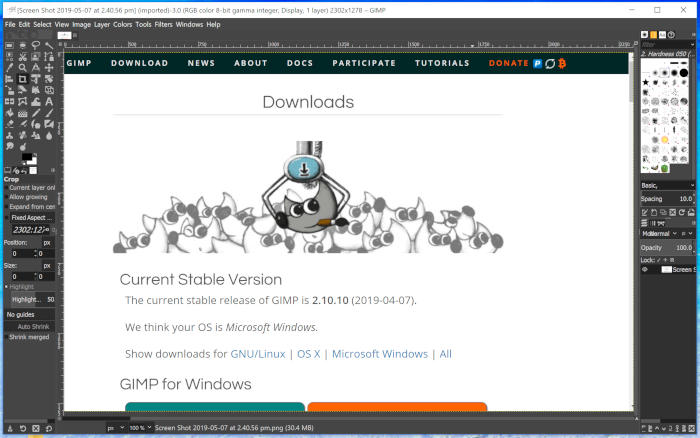
Some free video editors include:
- OpenShot
- Shotcut
- HitFilm Express
- DaVinci Resolve.
Free antivirus and malware protection
Paid cyber security services offer better protection than free ones, but there are some good free options out there – usually trimmed back versions of the paid ones.
Windows 10 Defender, which comes with Windows 10, is a very good security suite. Be sure to check out our antivirus software reviews for other free antivirus software.

Use Linux for a free operating system
Most modern computers come with an operating system (OS) pre-installed, but if you need an OS upgrade and don’t want to shell out hundreds of dollars for Windows 10 Home, you can turn to a free Linux distribution (distro).
Getting started on Linux is easier than ever, but there are more Linux distros such as Mint, Elementary OS, Manjaro, and many others. If you’re considering switching to Linux, shop around to see which distro will work for you.
For example, you might want to look up which most closely mirrors the user interface of Windows 10 or macOS. You might want the most hassle-free distro or one with a large user base so you can find answers quickly for any trouble you run into.
Many of the free programs we’ve mentioned also work on Linux, especially the open source ones. When free software is coupled with a no-cost OS, you really can free your digital life.
Free backup services
Free cloud backup and local backup programs tend to lack encryption, automation, notifications and certain types of backup. As with antivirus services, they tend to be free versions of paid programs.
If you’re going to use free backup software, first get an idea of the kind of backup you want to do and the features you want. Then see if any free options match your needs.
You also have the option of saving important files to free online cloud storage services such as Google Drive (15GB free), Dropbox (2GB free) or Microsoft OneDrive (5GB free).

